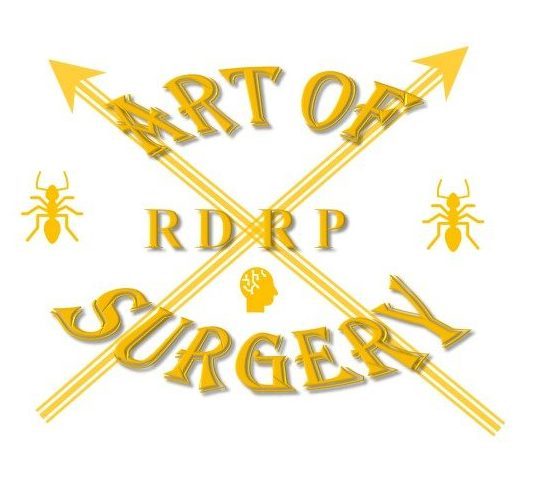GIST
Arise from the interstitial cells of Cajal (ICC) which are the pacemaker cells within the myenteric plexus. They express the KIT proto-oncogene, the product of which belongs to the tyrosine kinase receptor family. The growth of GISTS depend on the KIT expression, the overexpression of which commonly arises from mutation in the c-KIT gene on exon 11.
If a lesion has typical appearance of a GIST on endoscopy, then biopsy is not currently recommended. An EUS with core biopsy can be considered (British Sarcoma Group)
Commonest are gastric (50%), small bowel (25%) and colorectal (10%). Can be found incidentally. If symptomatic, it tends to be due to bleeding, pain or weight loss.
Principles of treatment:
Asymptomatic and small (2cm or less) can be surveillance with annual endoscopy +/- EUS
Symptomatic or growing should be excised after staging
R0 resection is important
Normally a wedge resection is possible if not invading the GOJ or pylorus
Prognosis:
Depends on location, size and mitotic index (based on the Miettenen and Lasota dataset, which replaces the NIH classification)
The lower down the GI tract the greater the risk (gastric<duodenum<jejunum/ileum<rectum), in general
Risk increases with size (<2cm ; 2-5cm ; 5-10cm ; >10cm)
Risk increases with mitotic index, cut off of 5
Essentially, use one of the classifications above (a table that states what the prognostic risk is) to determine further management.
If a patient is in the high risk category, Imatinib has been shown to increase disease-free survival. Specimens should also undergo immune-typing to find whether its sensitive to a tyrosine kinase inhibitor.
Evidence for Imatinib?
A Scandinavian study randomised patients to either 1 or 3 years of imatinimb as adjuvant therapy for high risk GISTs. Overall survival was 82% vs 92%.
The results of EORTC study, which randomised to 0 or 2 years of imatinib are awaited.
Follow-up:
Very low risk – no imaging
Low risk – CT at 3 months after surgery then clinical follow up
Intermediate – CT at 3 months, then 6 monthly for 2 years, then annually for 5 years
High risk – CT at 3 months, then 3 monthly for 2 years, then 6 monthly for 2 years, then annually
